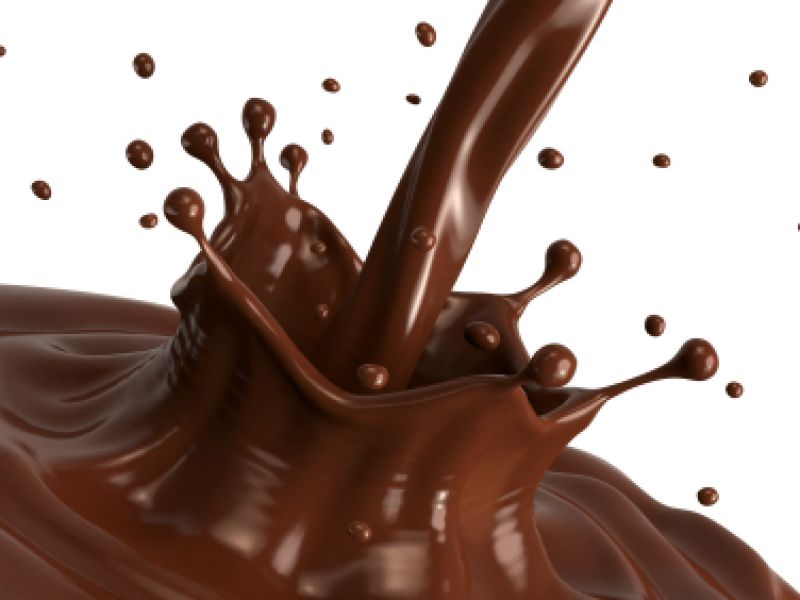How chocolate is made

Explaining the process of manufacturing chocolate.
Mixing
The cocoa paste (or mass) resulting from the crunching and grinding of fermented and dried cocoa beans is mixed with sugar and cocoa butter to make it more liquid. Depending on the recipe powdered milk and vanilla can also be added. The paste is then refined so as to obtain ultra fine chocolate.
Conching
This crucial and subtle stage of the process gives the smoothness and the taste of the chocolate. In practice, the paste is heated and receives more cocoa butter, soya lecithin and potentially vanilla extract.
Tempering
The temperature of the paste must gradually reduce and maintained before it is reheated. The paste is then crystallized in a cold tunnel so as to give the finished product its crunchiness and shine.
Moulding
Moulding and coating varies depending on the type of chocolate that is made. For solid bars for instance, the chocolate is poured into moulds which cross vibrating tables to ensure the chocolate is evenly spread. It is then cooled to make it easy to remove the mould. For filled bars, the first stage is identical except that after the vibrations it is turned over to empty the moulds and keep only a thin layer of chocolate. Once it has hardened, the shells are filled and closed with a layer of liquid chocolate. And it is hardened again before the mould is removed.



















